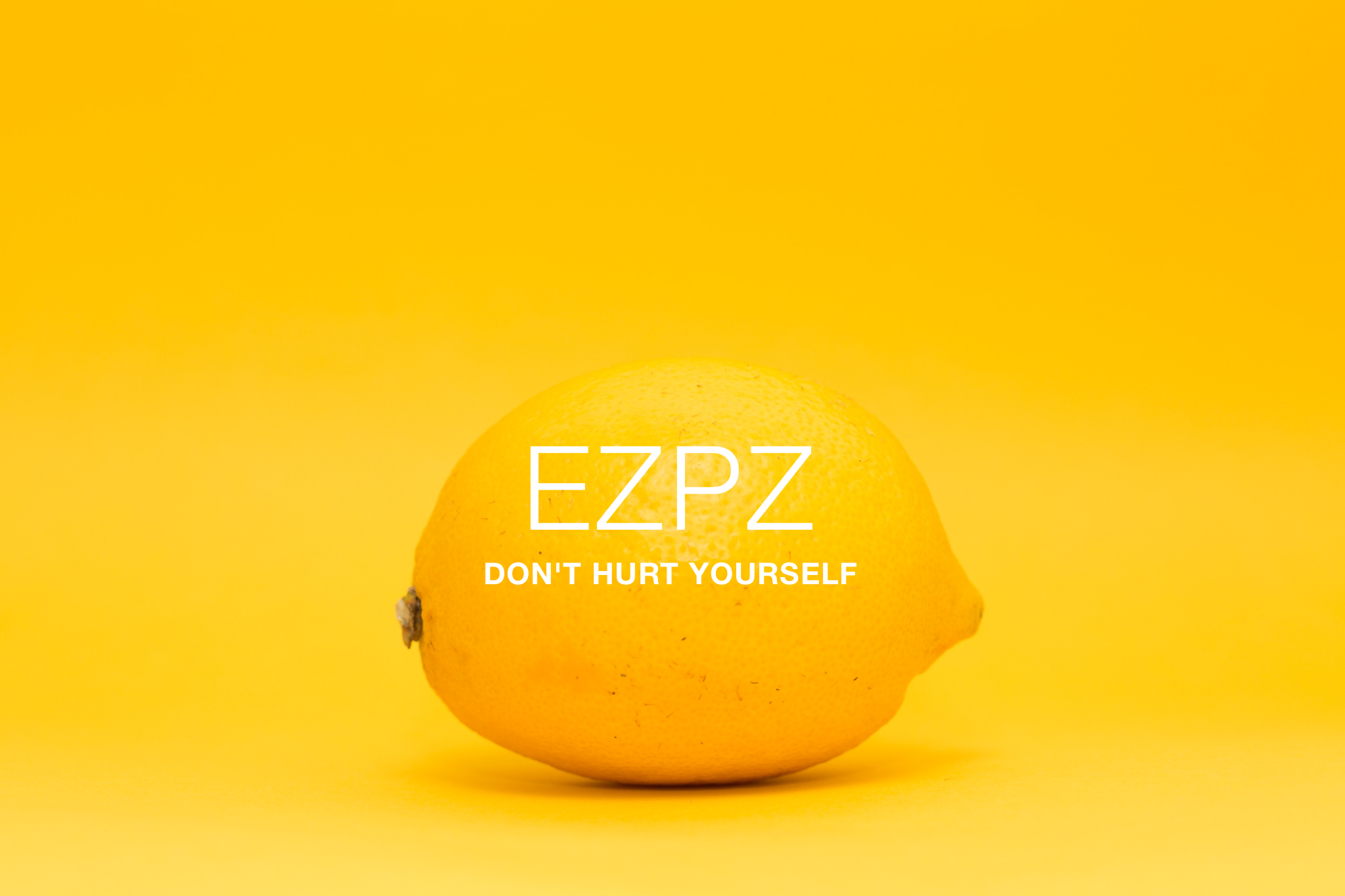In the Mirror Series: How Seeing Ourselves More Clearly Can Make the World a Better Place
Part 3: The Apology Window
Have you ever messed up so badly you wished you could just curl up into a ball and disappear? Have you ever said something so horrible you fear that apologizing will only make things worse?
When you’ve done or said something truly unspeakable, it’s not unusual to feel an incredibly strong urge to not speak of it. In a way, to wish it out of existence.
The problem is an injured person is like a camp fire. It seems like if you just leave it alone the fire will go out on its own. Instead, what usually happens is though it may look like it is out, the embers deep in the ash are still alive and all it takes is a little kindling to set things ablaze again!
Why do we hesitate to apologize even when we know we’ve done something wrong?
One of the main reasons we resist apologizing is that doing so challenges our self image by making us face that fact that we acted badly. Not necessarily that we are a bad person, but that we did behave badly and hurt someone. And for some people, it can be difficult separating your actions from your identity of who you are. When this is the case, apologizing is even harder because in your mind those actions prove you are a bad person.
All this can add to a bitter Apology Procrastination Cocktail
Recipe:
1 part - It’s probably better to let them cool off first
1/2 serving - It wasn’t all me
1 part - I need time to find the right words
Directions:
Pour all ingredients into an Awkward Container and stir until days, months or years have passed
Recently I said something hurtful to a friend. I tried to make a joke and semi-apologized, but as we parted I could tell they were still upset. My first instinct was to just let it go, but I had the feeling that it would just make it harder to repair the damage if I didn’t give a real apology. Luckily, I was able to get in touch with them right away and apologize the right way. If I’m honest I can say even though I know I did the right thing by apologizing, I really, really didn’t want to and maybe never would have if I hadn’t done it immediately.
In order to avoid this from happening to you, I suggest using the 5 Second Rule to help you time your apology. Unless the person is too upset to even be in the same room with you, a good rule of thumb is to apologize right away when you have messed up. If you miss this window of timing, you run the risk of never apologizing at all and jeopardizing your relationship with that person. In her book “The 5 Second Rule: Transform Your Life, Work, and Confidence with Everyday Courage,” Mel Robbins shares her 5 Second Rule which is a great way to ensure you apologize right away.
Here’s the one-liner definition of the 5 Second Rule:
If you have an impulse to act on a goal, you must physically move within 5 seconds or your brain will kill the idea.
Everybody knows someone who through a combination of pride, obstinacy, and you-go-first mentality has a once close relationship that has been damaged for far too long. It could be a parent or child, close friend or even a work colleague.
It’s never too late to apologize or ask forgiveness and doing so will lighten your heart and help you move forward.
Your Move: What apologies have waited too long? How can you get started healing old wounds and moving forward?







